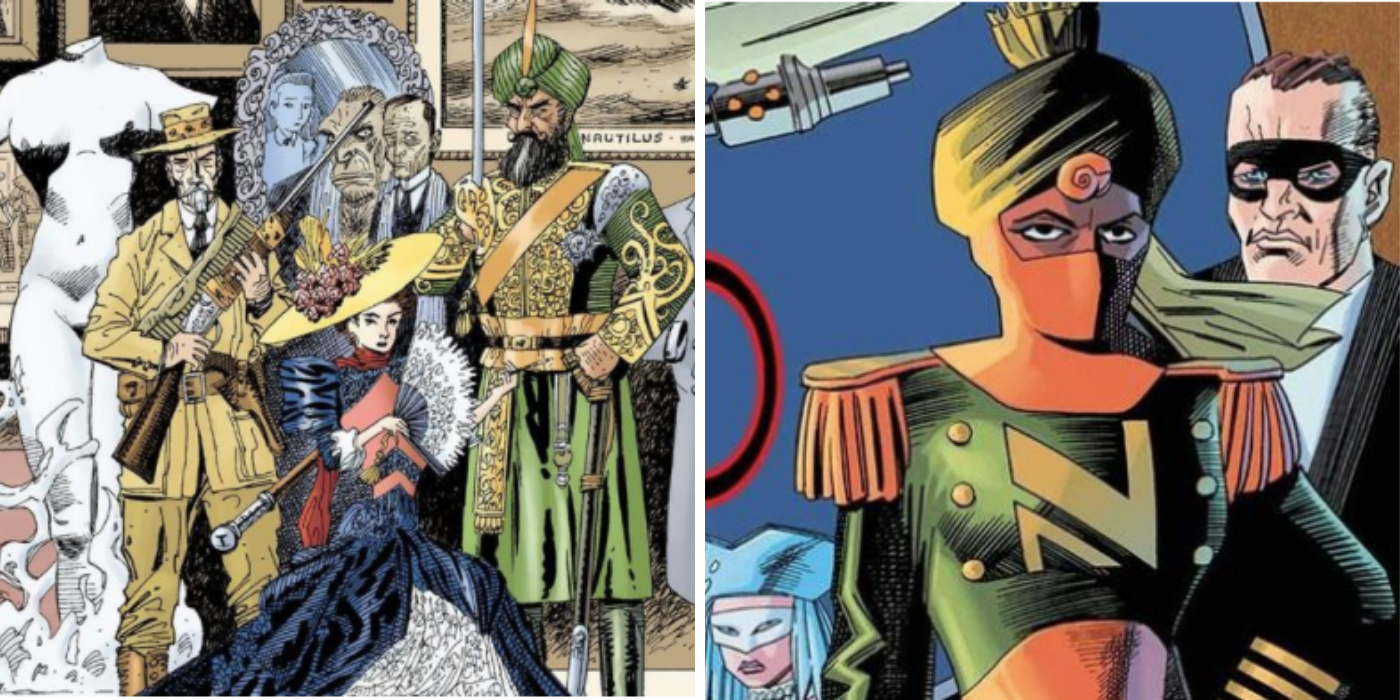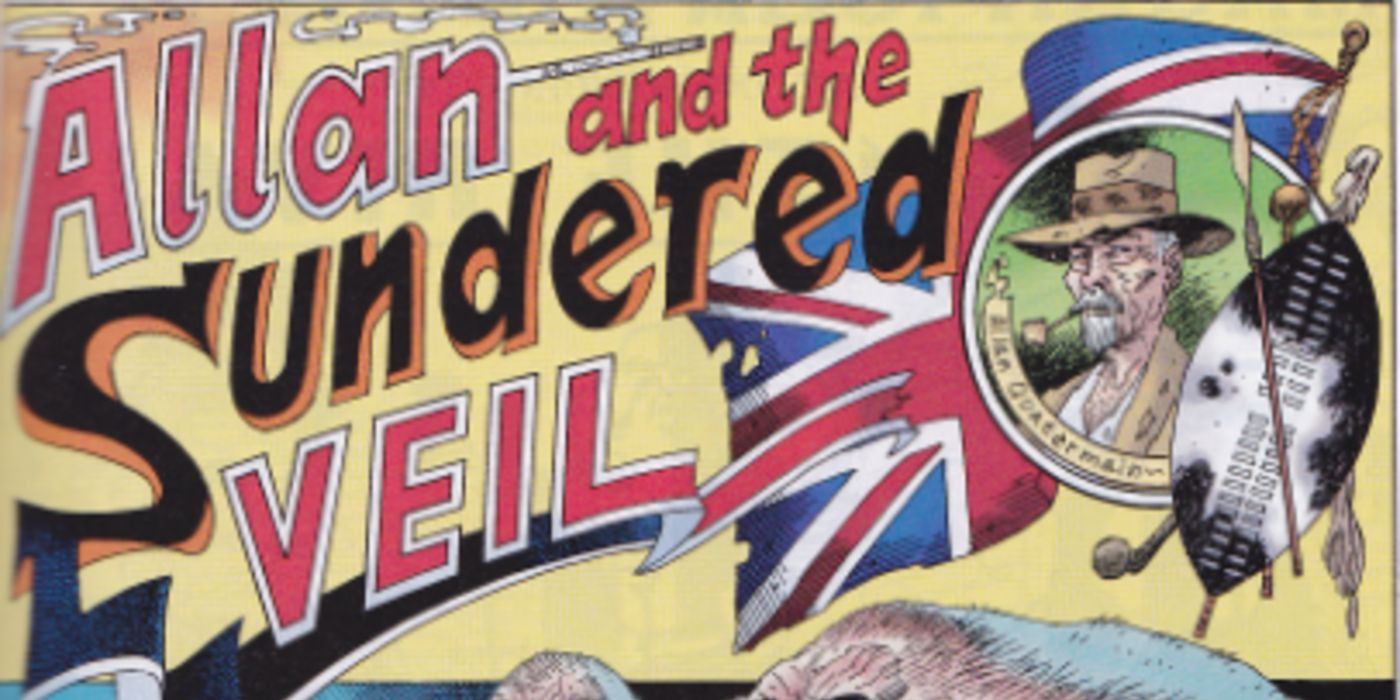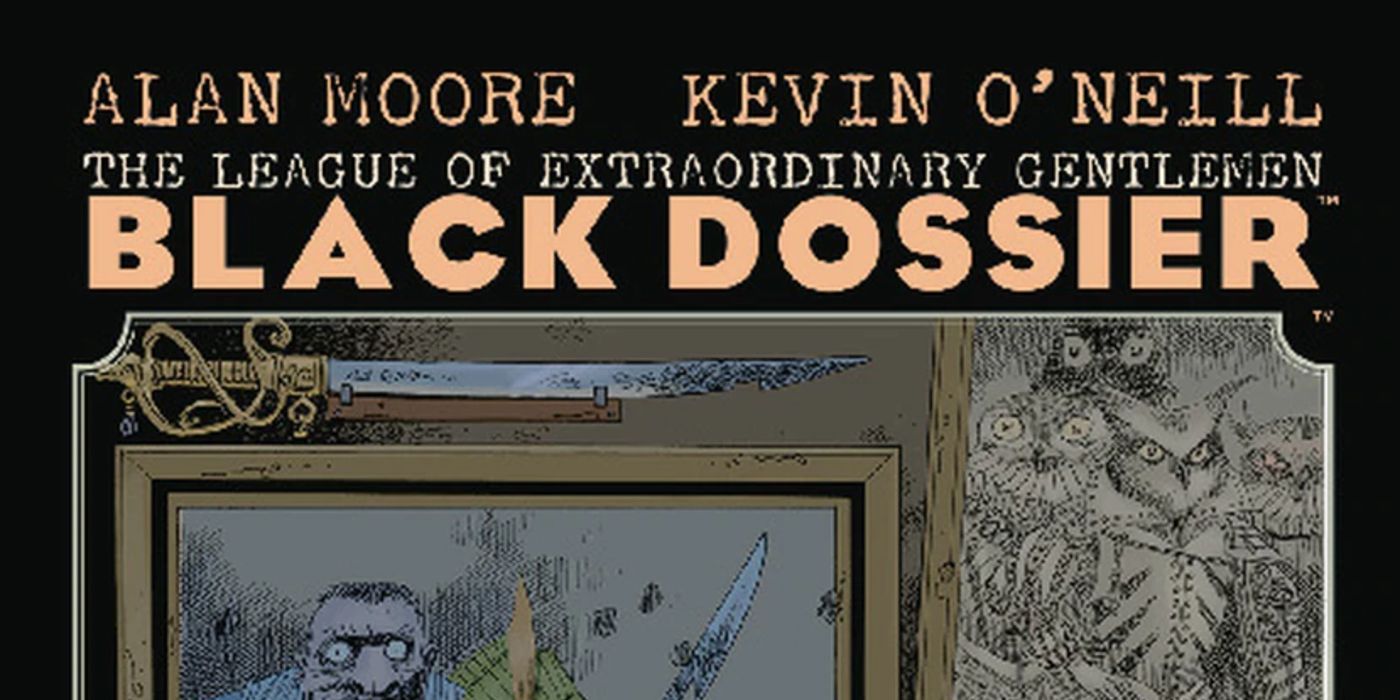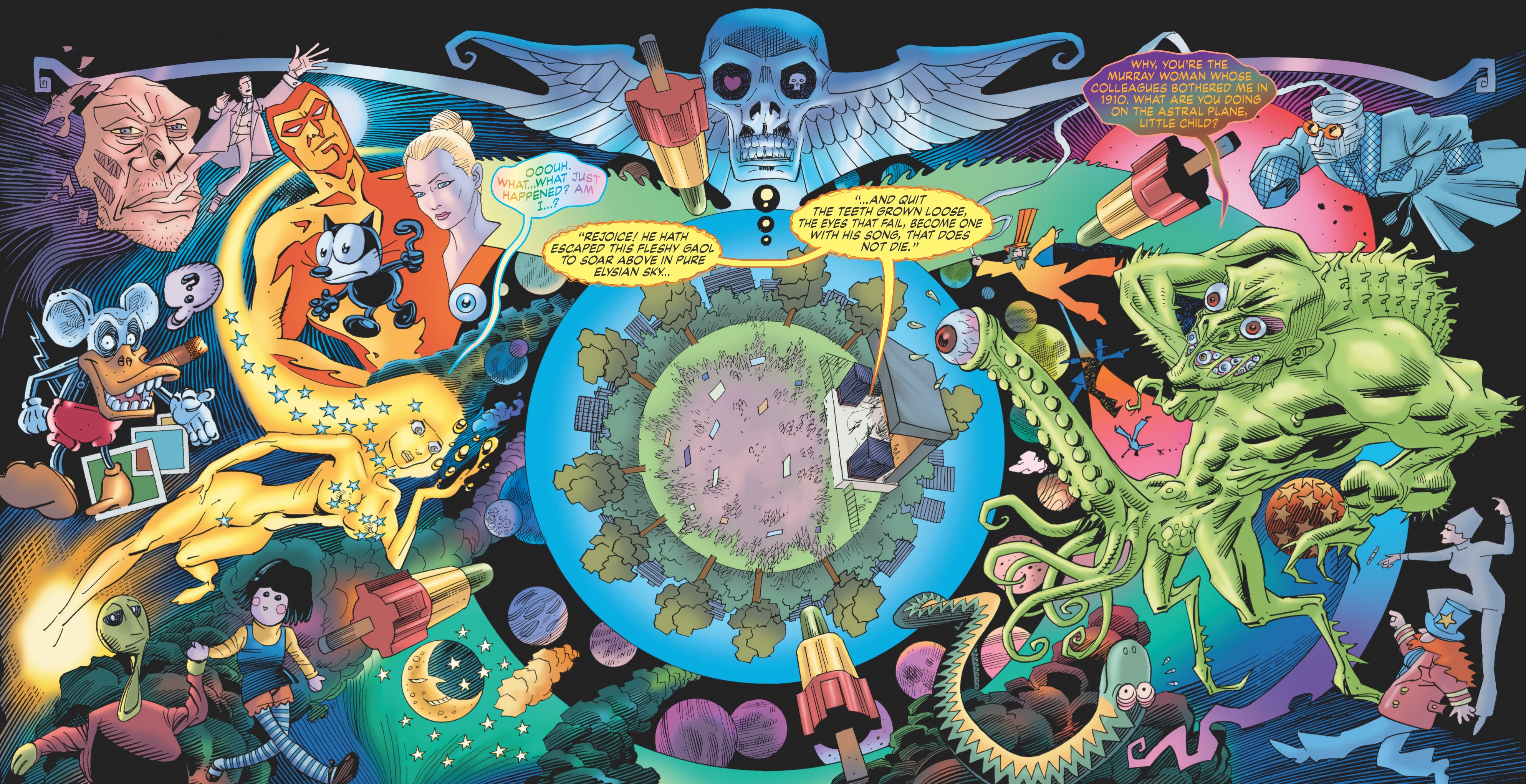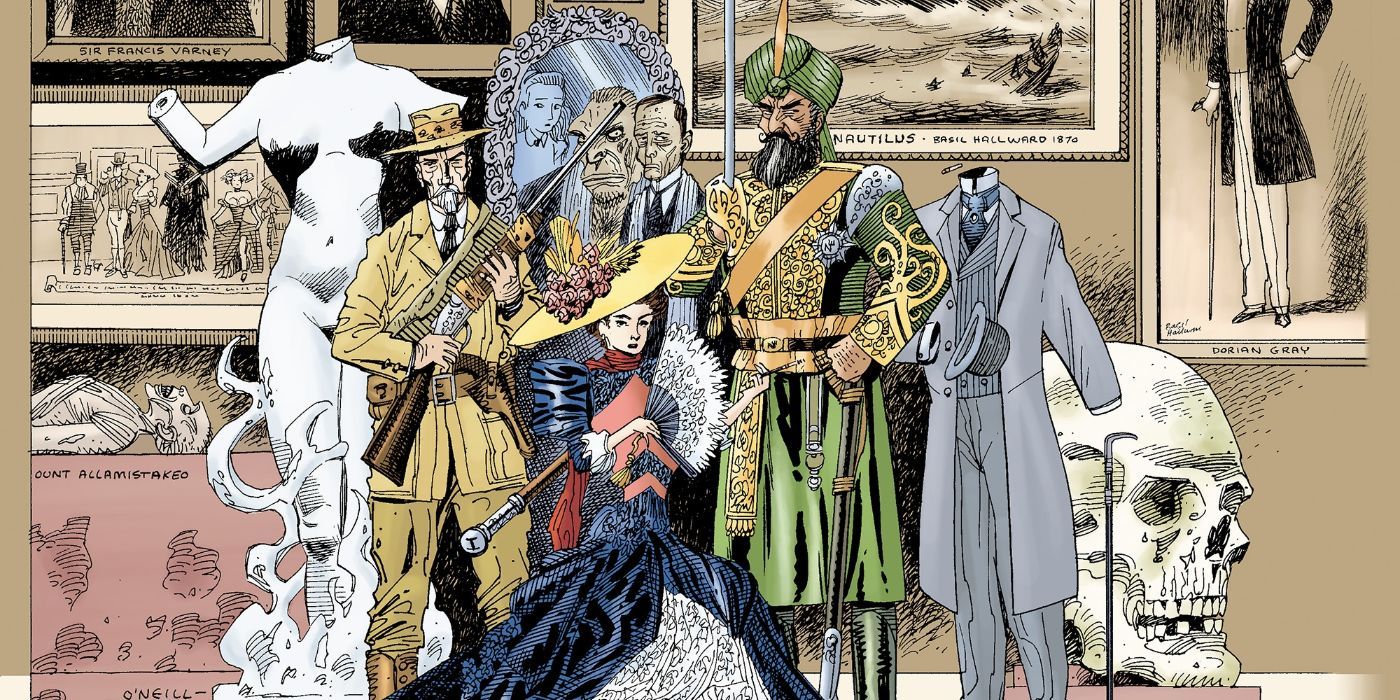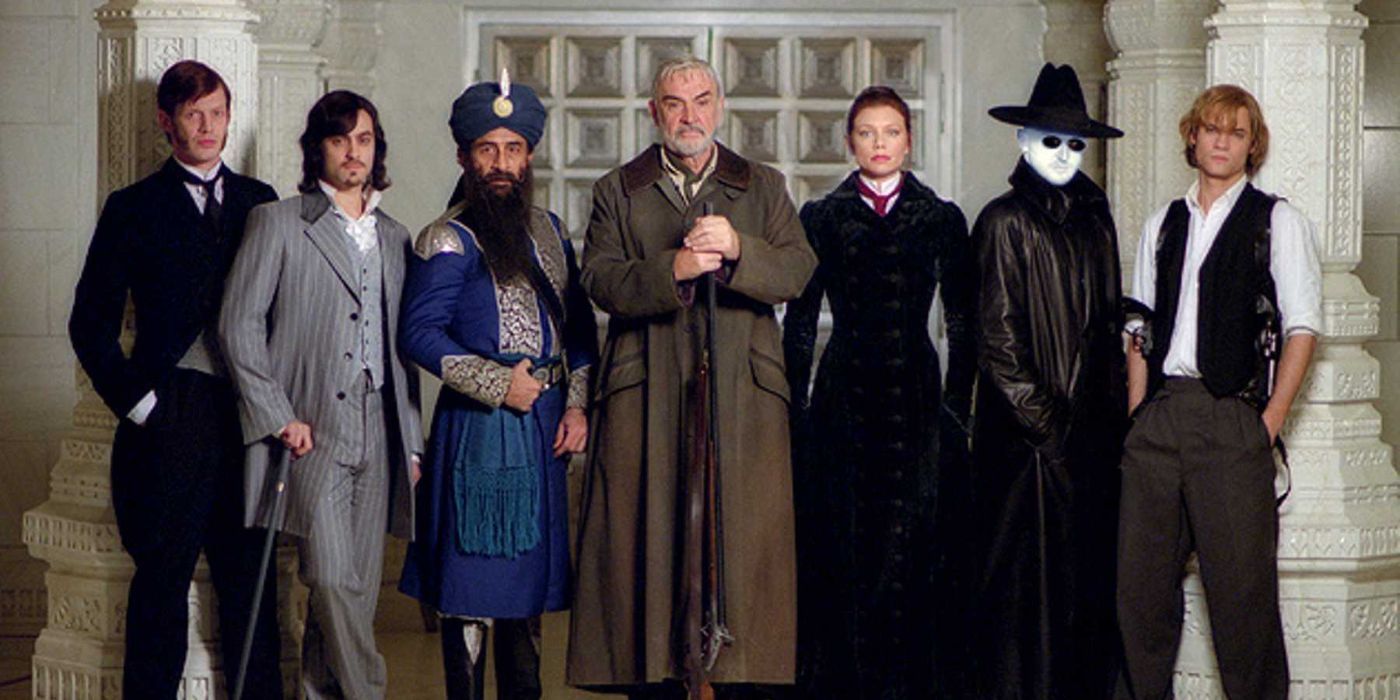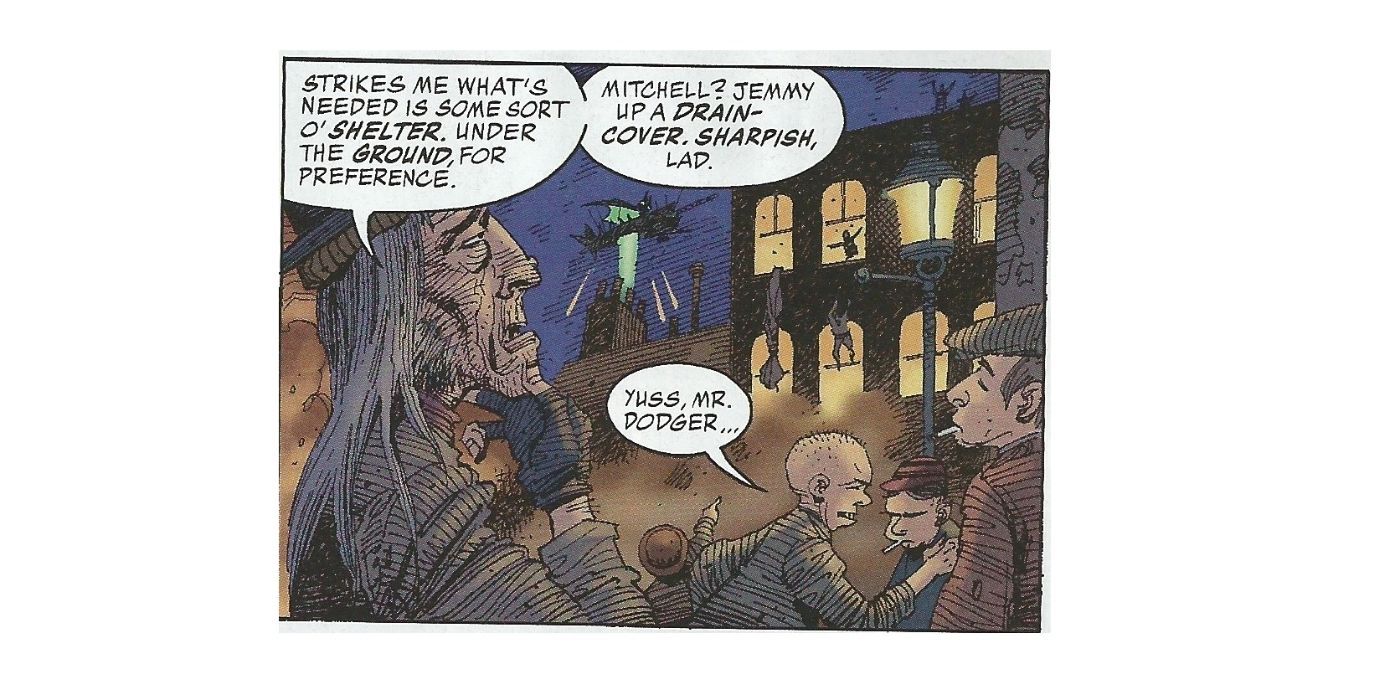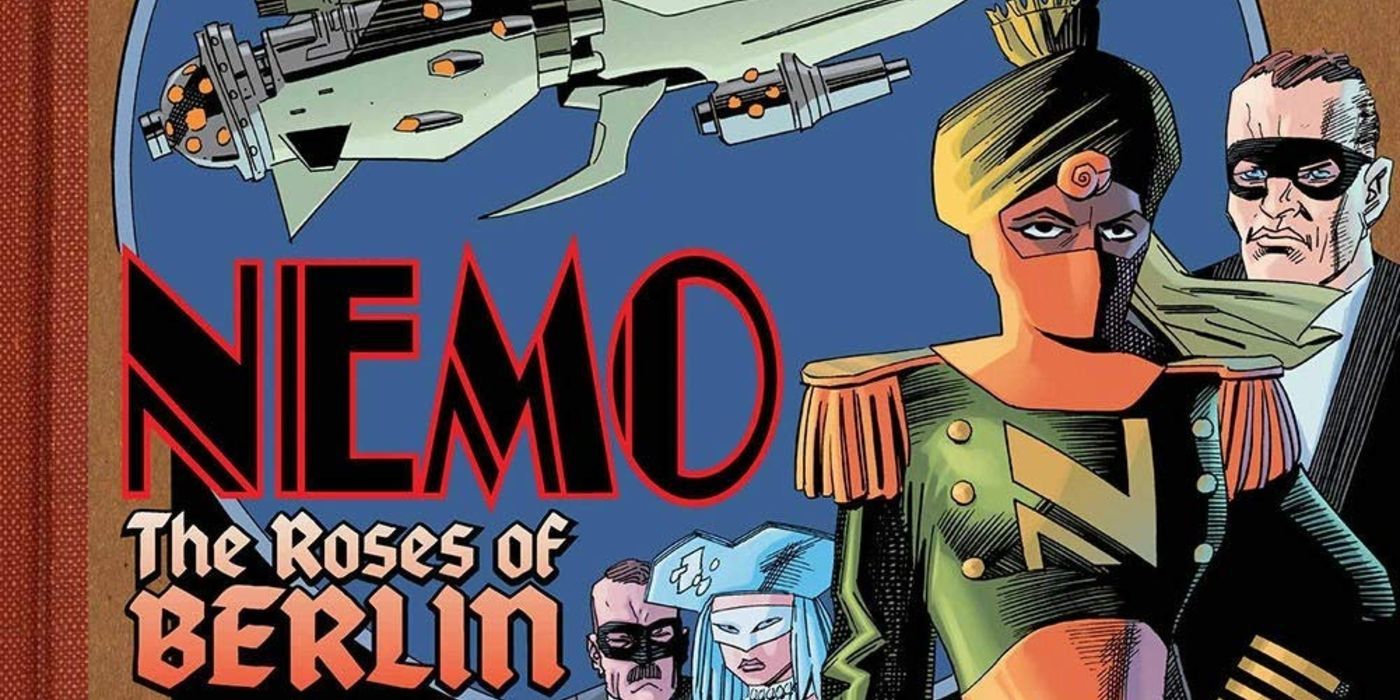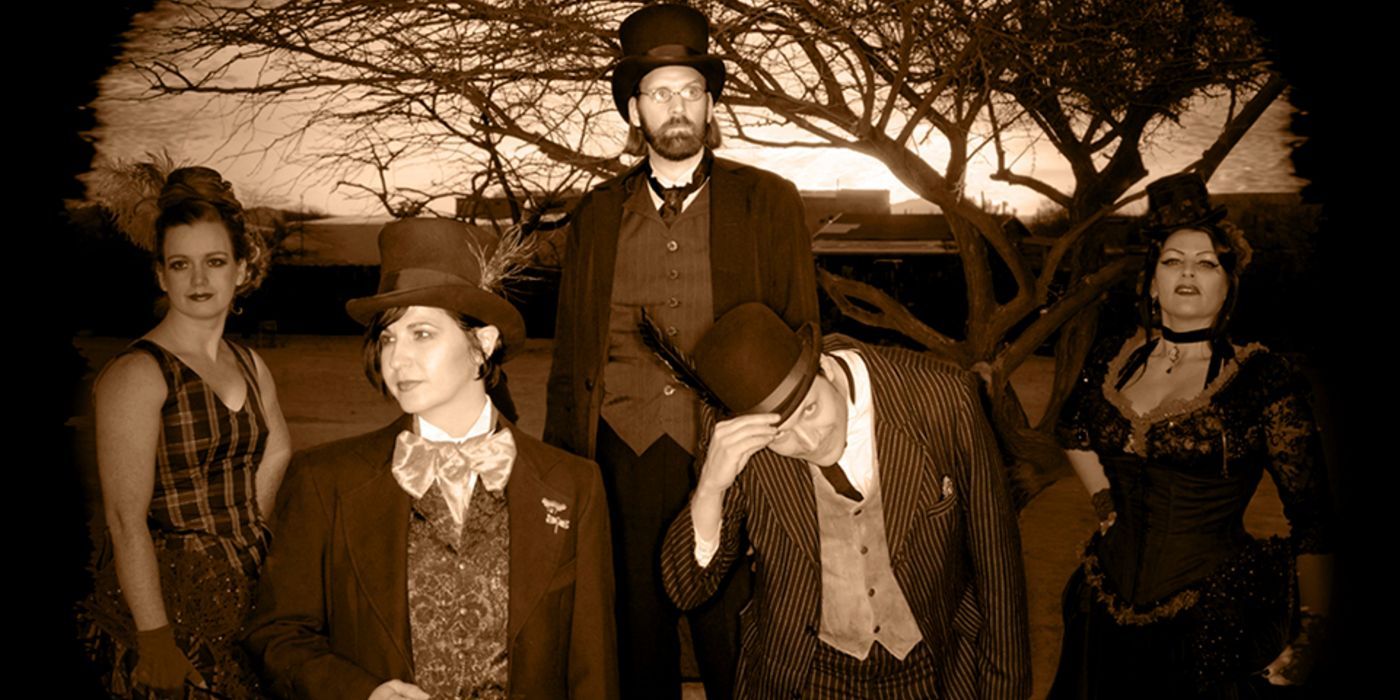Published at the cusp of the new millennium, the first volume of The League of Extraordinary Gentlemen by Alan Moore and Kevin O'Neill burst into the scene with a steampunk-inspired storyline, that later developed into a common ground where characters from famous fictional stories could come and interact with each other. From PG Wodehouse's Jeeves to Arthur Conan Doyle's famous sleuth Sherlock Holmes, as well as his nemesis Professor Moriarity—anyone can enter Alan Moore’s universe and become a part of it.
This opens up endless possibilities in the comics, allowing for readers to get a glimpse into the lives of famous characters after their original authors were done with them. The fate of Frankenstein's monster, following the events of Mary Shelley's novel, is revealed in one of the issues of The League of Extraordinary Gentlemen. But that is not all—apart from all the fascinating plotlines inside the comics, there is a lot going on behind the scenes as well.
10 The Series Had A Different Name
Back in 1997, when the series was still in the development stage, Alan Moore did an interview with Andy Diggle for a website about comic books. In that conversation, he gave the world their first taste of The League of Extraordinary Gentlemen. Only that, instead of “Gentlemen” the word was “Gentlefolk” in that stage of the process. Moore later changed the word to better reflect the Victorian theme of the series.
But that was not the only major change. Simon Bisley was set to helm the artistic duties of the series back then. But then that role got handed to Kevin O'Neill, and the rest is history.
9 Prequel Took Allan Quatermain To A Dreamy World
Located at the end of every issue in the first volume, “Allan and the Sundered Veil” was a story divided over six parts, that introduced us to an adventure Allan Quatermain went on much before the events of the League took place.
It all started with him visiting Lady Ragnall, who has access to the drug taduki. He takes it, and instantly enters a surreal world of dreams where he meets John Carter and his grand-nephew, Randolph Carter—who are just as confused as him to be in the strange land.
8 Black Dossier Pushed Moore To Cut Ties With DC
Things were already pretty sour with DC when the publishing company expressed its concerns over potential copyright claims over The League of Extraordinary Gentlemen: Black Dossier and delayed its release outside the US. The core point of contention was the fact that while the earlier issues were set in Victorian times and featured characters in the public domain, Black Dossier was set in the 50s and therefore had characters that could come under copyright claims. And then there was the record that Alan Moore sang in, specifically for this issue. Again, it was pointed out that potential legal issues could be the reason behind DC’s hesitance.
Even though eventually, both the issue and the record found their way into fans’ hands at the end of the day, the damage had been done. Moore and O’Neill cut ties with DC and started to publish the series with Top Shelf Productions and Knockabout Comics from thereon.
7 The third Issue Contained A Little Lunar Adventure
In The League of Extraordinary Gentlemen, Volume III: Century, each issue ended with even more information in the form of a textual story (devoid of comic artwork) called “Minions of the Moon.” It had a cool, 1960s style. Indeed, the way it was written, readers were meant to believe that it was still 1969.
There’s a lot going on in this short series within a series—from meta-references to 2001: A Space Odyssey to background information about Mina Harker. The final part of “Minions of the Moon,” continues focusing on Mina, mapping her journey to the Moon with Golliwog.
6 There Were Several Other Leagues In The Series
In a series with such a vast cast of characters, it makes sense for there to be more than one league—the better to employ so many fictional heroes and heroines in. The very first one was the 17th-century team led by the Italian illusionist, Prospero, which was created as a means to keep the link between the faerie world and the human world intact.
Apart from Prospero's Men, there was also Gulliver's League, The Time Traveler's League, Les Hommes Mystérieux, Die Zwielicht-Helden, as well as a few other leagues that functioned before and after Mina Harker recruited people for her own team.
5 Everything Went Wrong With The Film Adaptation
With the first volume of The League of Extraordinary Gentlemen as inspiration, a feature film starring Sean Connery was released in 2003. It had the same title as the comic book and an interesting cast, but things just didn’t go right with the film.
First, there was a lawsuit that claimed the premise of the film had been stolen from a script called Cast of Characters. Once that was settled, then came the matter of the film itself, which was widely panned for its writing and plot. Later interviews show that most of the major players involved in the project—Alan Moore, Kevin O'Neill, and Sean Connery—were miserable with how the film was made. While Connery cited this film as one of the reasons for retiring from acting in 2006, O'Neill and Moore both thought the movie was a completely different product than their comic book series.
4 An Almanac Detailed The Entire Setting
The second volume of the series had an extremely detailed and vast appendix (called The New Traveler's Almanac) that explained every geographical and thematic setting in Alan Moore and Kevin O’Neill’s comic books. Quite a lot of the information was based on the original fiction the characters were borrowed from, some of which could go over the reader’s head if they weren’t knowledgeable about famous literary characters.
There is, for example, mention of "an elderly bee-keeper who resided near the seaside cove of Fulworth," who, if one reads The Adventure of the Lion's Mane, can be no one other than Sherlock Holmes. In that Arthur Conan Doyle story, the world-renowned detective had moved to Fulworth to become a beekeeper.
3 There Is An EastEnders Connection
Most of the characters in the series are borrowed from other works of fiction—be it comic books or television shows, or even musicians. It’s perhaps the most meta of all publications. But even then, there’s one reference that stands out of them all: the British TV soap, EastEnders.
Moore has confirmed it and Jess Nevins, who has annotated all the references in the comic books, has said it as well—that some of the characters are ancestors of the existing personalities on EastEnders. For example, when we come across the elderly thief, inspired by Charles Dickens’ the Artful Dodger, he directs two boys called Mitchell and Watts (named after EastEnders characters) to complete a few important tasks.
2 Three People Took On The Captain Nemo Mantle
Out of all the characters, Captain Nemo was the one who got a standalone comic book series—a trilogy consisting of Nemo: Heart of Ice, Nemo: The Roses of Berlin, and Nemo: River of Ghosts. But instead of focusing just on Prince Dakkar and his many adventures, the three comic books were about his daughter Janni Dakkar and how she came to become Captain Nemo in her own right.
Then there was Jack Dakkar, Prince Dakkar's great-grandson, who took on the Captain Nemo mantle in 1987 and began leading his own version of the Nautilus, a nuclear-powered one, in 2009.
1 The Series Influenced Quite A Few Other Projects
Being a series that is so full of meta-references, it’s quite fascinating to see how The League of Extraordinary Gentlemen has influenced other artistic ventures, such as songs, bands, and publications. Hip hop artist CASS, for instance, referenced the series quite a few times in his songs. And then one band actually took on a name that was inspired by the series, by calling themselves Unextraordinary Gentlemen. (Even their costumes have a steampunk/ Victorian look.)
But that is not all. A 2005 book titled The Cult of Alien Gods: H. P. Lovecraft and Extraterrestrial Pop Culture had a chapter called "The League of Extraordinary Gentlemen," and both Warren Ellis and Neil Gaimen cited the comic book series as an inspiration for their publications, Ignition City and A Study in Emerald, respectively.

